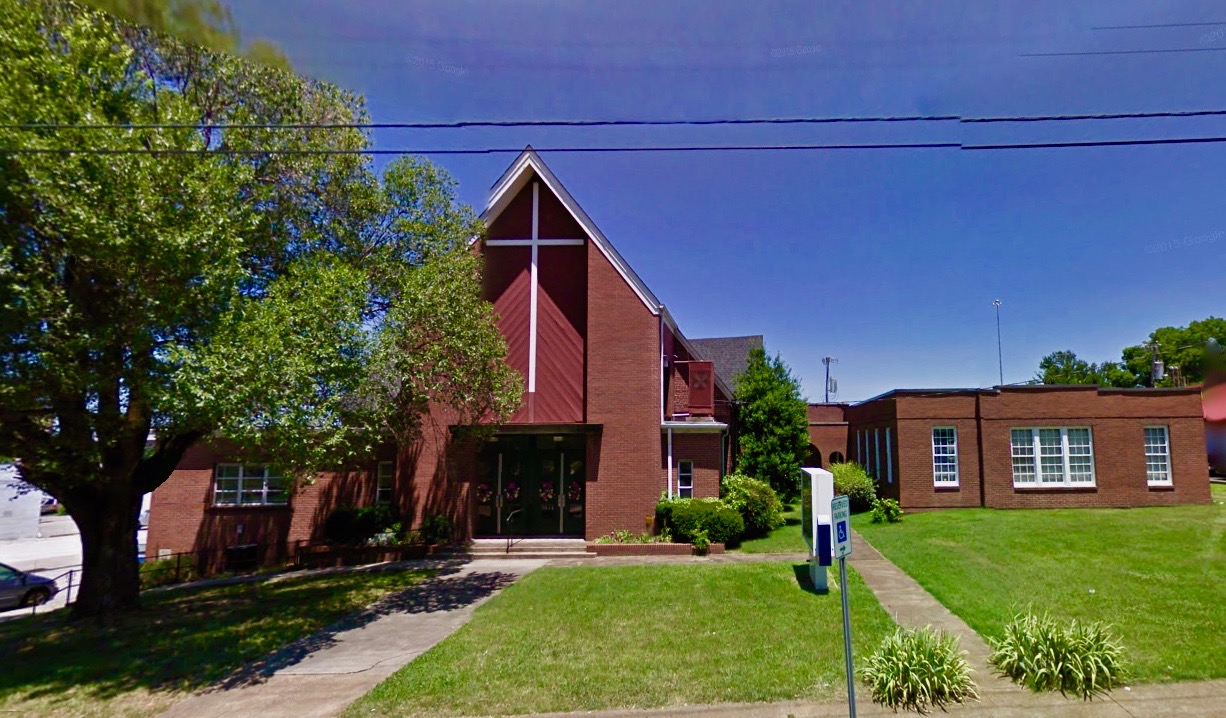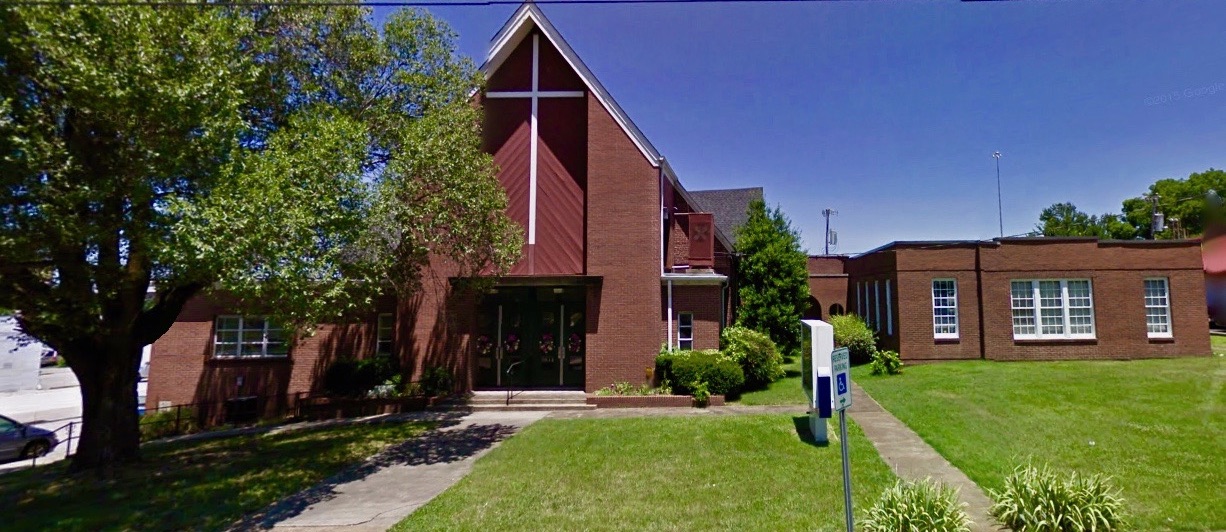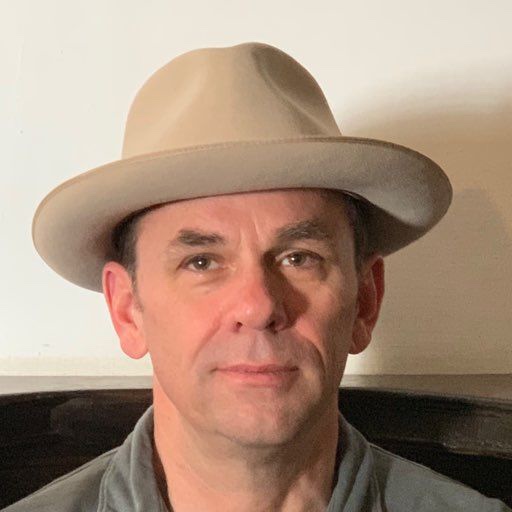hen we're asked how we got into this venue business, we marvel at how it was all really quite accidental. We'll pick up the story here with the start of Clementine Hall. Th the start of Ruby and Dragon Park, goes all the way back to the beginning.
Hæsel Hall
In 2015, we thought it time to take our architecture-centric boutique Nashville wedding and event venue model to a bigger audience and a different corner of the city. So we bought another shuttered church, the Riverside Church of Christ, at the corner of Riverside Drive and Porter Road in East Nashville (where the Rosewood neighborhood meets the Inglewood neighborhood).
If you're starting to wonder if Dragon Park only repurposes churches or if churches make great venues, stop right there. From a space standpoint, they are by definition designed for gatherings. But beyond that simple consideration, the architecture rarely works, it's usually too dull.
We embarked on our customary demolition and proceed all the way to the starting point of construction. During this time we reduced the building to its historic and spacial essence. But rather abruptly, we decided that East Nashville was a too far away from our west Nashville base and for our hands-on operating style. So, we sold the budding venue to friends who redeveloped it for their creative company's office. So, we resumed our search.

Clementine Hall
In 2017, we visited a building that had seen better days, the West Nashville Methodist Church on Charlotte Ave. We visit many buildings, usually with the assumption that the space will be fairly awful and unredeemable and that is why it hasn't been purchased, especially in an in-demand city like Nashville. This property that would become Clementine Hall started out that way.
At the initial visit, we wondered if the brick behind the interior cement walls was intact or even there at all, how the ceiling beams would look being exposed to the floor below for the first time, and what the original facade would look like when the 1957 facade was removed. And what kind of environmental and structural surprises would be discovered? We left fairly certain that the building was unfixable.
We think that the building was so unattractive that few, if any, buyers came to see it. Developers bid on the property based upon the size of the parcel and what they could build there. Only a few years earlier and only two blocks away, the Charlotte Ave. Church of Christ had been demolished to make way for mid-rise apartments.
But wishful thinking got the best of us, and we returned. We told the church that we would restore and respect their property and find a church tenant for continued services. They liked the vision and we purchased the property. We later found out that we were the only buyer who planned to save the structure, which made us feel good, but also a little inadequate.
We think saving the WNMC probably saved the historic stretch of Charlotte Ave that we call the LOTTE District from becoming a sea of apartment buildings. It's funny how things hinge on sa single tipping point.

In a short fourteen months after purchasing the property, and after completing the architectural design, engineering, permitting, and construction - in parallel - we opened Clementine for our first event in May 2018. But don't ask where the Clementine name came from, if we told you it would ruin your imagination.



